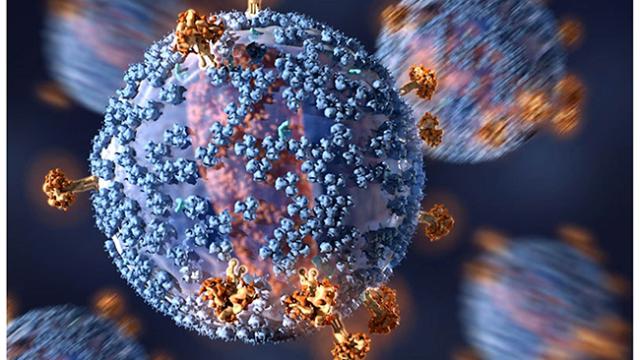This week marked a major milestone in medicine: On Wednesday, a US Food and Drug Administration panel unanimously recommended the approval of the first CAR-T therapy, a pioneering new cancer drug from Novartis that genetically engineers a patient’s own white blood cells to recognise and attack the cancer cells invading their body.
NIH
The headlines were emphatic. “First gene therapy — ‘a true living drug’ — on the cusp of FDA approval,” the Washington Post heralded. “FDA Panel Backs Novartis’ Pioneering New Cancer Gene Therapy,” said Reuters.
And then, in true internet-era fashion, came the pedantry:
THIS.
I was just arguing this: gene therapy means the gene is the treatment. CAR-T is not. This is a (petty) hill I will die on. https://t.co/yHMEwjM55Y— Caroline Chen (@CarolineYLChen) July 12, 2017
Prelim FDA approval for CAR-T is huge, but calling it a gene therapy is misleading. Process is totally different! https://t.co/7dNsBXEqDo
— Jessica McDonald (@jjmcdona) July 13, 2017
@FoxNews CAR-T is not gene therapy https://t.co/SS2Tvn2cki
— Chris (@oteychris) July 13, 2017
In a world in which being “first” can mean clickier headlines, more traction, and eventually even more research dollars, it’s a label that matters. It is clear that the drug — the practically unpronounceable tisagenlecleucel — is a landmark achievement. CAR-T therapy, which several other companies are also pursuing drugs for, works by extracting and isolating a patient’s T cells, genetically altering them, and then infusing them back into the patient’s body. In one key clinical trial, 83 per cent of 52 patients for whom chemotherapy did not work achieved a complete or partial remission by three months after their CAR-T infusion. After one year, 79 per cent of those patients were still alive.
It’s less clear, what, exactly, Novartis’ groundbreaking drug may have been the first of.
The FDA, for one, defines human gene therapy vaguely as “products that introduce genetic material into a person’s DNA to replace faulty or missing genetic material, thus treating a disease or abnormal medical condition”.
The agency notes that, so far, no such product has been approved for sale in the US.
On Twitter, scientists and reporters argued about whether that definition of gene therapy meant the gene itself must be the treatment — if so, CAR-T would not qualify, as it is the souped-up white blood cells that are the treatment, rather than the genes that have been added to them. The edits made do not directly correct a biological defect. Gene therapies, this camp might argue, require more editing, and CAR-T is simply a cell therapy.
Others argued that anything involving genetic alteration qualified as gene therapy, which might make CAR-T the first. (Though others proposed that under that definition, another drug could actually qualify for the title.)
So, does CAR-T work without gene transfer? Can you generate a CAR-T without gene delivery? Then how is it not a “gene therapy?”
— Martin Eglitis (@MartinEglitis) July 12, 2017
Bit of a fence-sitter here. It’s not gene therapy, but are we being pedantic?
Nah. Not gene therapy. But is gene engineering…
— Matthew Herper (@matthewherper) July 12, 2017
In the end, all the pedantic debate might not matter that much — perhaps it points instead to shifting definitions, to the perception that genetic alterations are increasingly the solution to everything.
In the meantime, the panel recommended that the FDA approve the drug for patients ages three to 25 with relapsed B-cell acute lymphoblastic leukaemia, the most common form of childhood cancer in the US. The agency does not have to follow that recommendation, but it typically does. It is expected to make a decision in September. Upon approval, Novartis has said it plans a slow roll-out because of serious side effects that result from the therapy, mainly making it available to only a few dozen medical establishments.
The FDA’s pending decision could have big implications for other companies developing similar treatments, such as Kite Pharma and Juno Therapeutics. And big implications for patients, whether we settle on calling it gene therapy or not.
